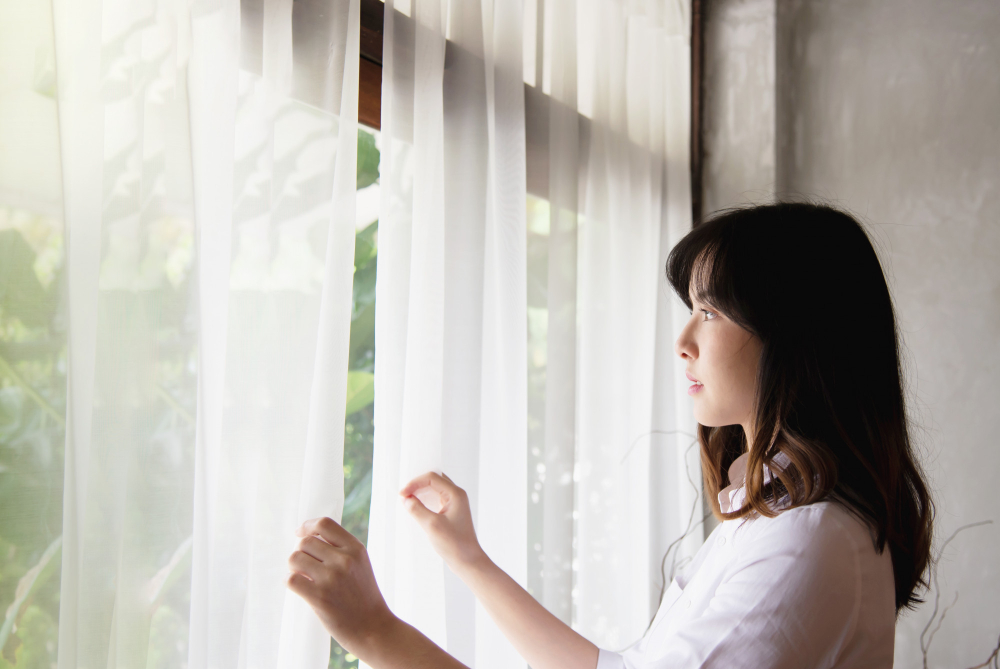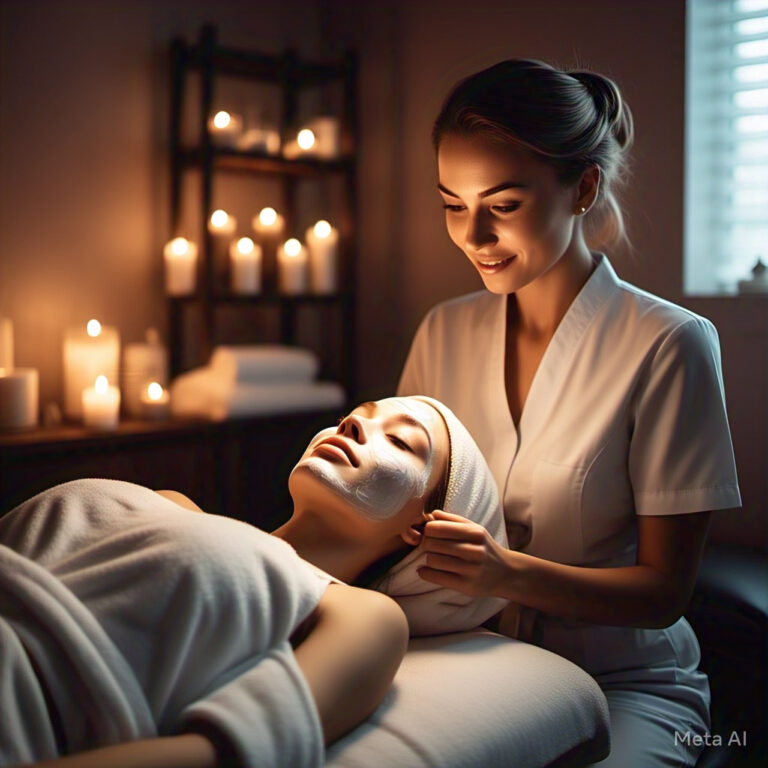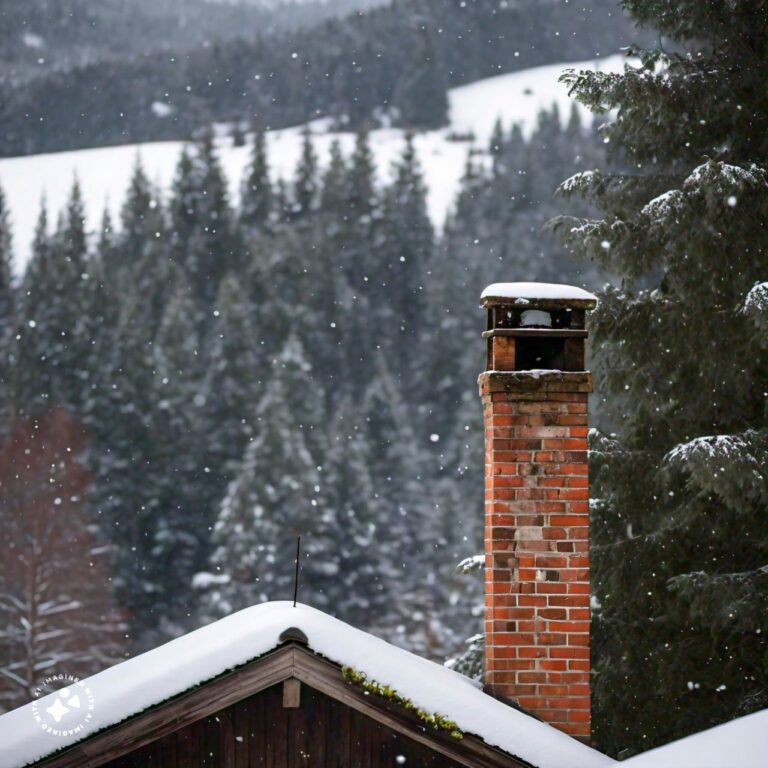We’ve observed a consistent, multi-year trend showing a growing fascination with various window shade options. Shades come with several advantages compared to blinds, shutters, and drapes, offering an array of styles and customization possibilities to meet the needs of any homeowner. With a wide selection of fabrics, lifting mechanisms, and opacity levels, shades prove to be an adaptable choice that seamlessly complements nearly all interior design aesthetics.
A diverse array of shades caters to various styles and functions:
Roller Shades: These pull-down window treatments come in an extensive range of fabrics and textures for you to select from.
Roman Shades: Traditional cotton or synthetic fabric window treatments with distinct, eye-catching folds.
Cellular Shades (also known as ‘honeycomb shades’): Pleated window treatments featuring an insulating cellular design, enhancing energy efficiency.
Woven Shades (also known as ‘natural woven shades,’ ‘bamboo shades,’ or ‘woven wood shades’): Crafted using sustainable woven fibers such as reeds, bamboo, and grasses, these shades provide a natural look.
Zebra/Layered Shades: These shades incorporate alternating bands of sheer and opaque materials, allowing for both light and privacy control.
Across these various shade types, there exists an abundance of fabric, pattern, and texture combinations to breathe life into any homeowner’s interior design vision. Roller shades and Roman shades offer the widest array of colors and patterns that can complement any interior design concept. For instance, a sleek roller shade pattern would be a perfect match for a modern home, while the organic textures of a natural woven shade would accentuate the eclectic charm of bohemian or farmhouse interior designs. The visual options available for roller shades, coupled with their affordability and user-friendly nature, contribute significantly to the growing interest in shades.
Most shade varieties offer a wide range of opacity choices, allowing for personalized control over privacy and light filtration. Opacity, which refers to the degree of transparency in a shade, is determined by the fabric or material’s sheerness. Opacity alternatives encompass a broad spectrum, with certain shades offering sheer and semi-sheer possibilities, while others provide blackout and room darkening alternatives. The opacity level dictates the degree of privacy, with blackout and room darkening options offering the utmost privacy. The opacity level is specific to the type of shade, and you can delve into the details through a complimentary in-home consultation with an Acadia Shutters representative.
Another advantage of shades is the top-down/bottom-up feature. These shades can be either lowered from the top or raised from the bottom. For instance, you can position the shade to cover the lower portion of the window while leaving the top exposed, allowing for a view from the top while maintaining privacy at the bottom.
The proliferation of shade popularity can also be attributed to the numerous lift options available. While many are familiar with corded lift systems, akin to those found on blinds, shades can incorporate child and pet-friendly alternative lift mechanisms that eliminate unnecessary and potentially hazardous cords.
- Continuous Loop: This lift mechanism utilizes a continuous cord loop to smoothly and effortlessly raise and lower the shade.
- Cordless: This lift system eliminates the need for cords or chains, relying instead on a push or pull motion at the bottom, making it a safer choice while providing a clean and uncluttered appearance.
- Motorized: This lift option integrates an electric motor into the shade, enabling remote or app-based control of shade movement. The motorized lift option offers homeowners a sleek and sophisticated ambiance.
Many individuals opt for shades over blinds or shutters because of the enhanced outdoor views they provide. When raised, most shades have a slimmer profile compared to blinds, obstructing less of the view compared to shutters.
Cellular shades offer an additional advantage by being the most energy-efficient window treatment option. Their built-in air pockets act like a thermal barrier, trapping conditioned air indoors and mitigating the influence of external temperatures on a home’s internal climate. For many homeowners, the long-term energy savings outweigh the initial, yet budget-friendly, cost of installing cellular shades.
Environmentally conscious homeowners often gravitate toward natural woven shades crafted from renewable resources. These shades, frequently referred to as bamboo shades, bamboo blinds, or woven wood shades, are constructed from sustainable natural fibers artfully woven into shade designs.
Woven shades also provide homeowners the option of an attractive edge banding – a choice of fabric tape that encircles the shade’s perimeter. This banding is available in a diverse range of colors, allowing homeowners to personalize their shades to their preferences. It not only enhances the shade’s aesthetics but also reinforces its edges, preventing damage to the woven fibers.
Considering the multitude of benefits, light-filtering alternatives, and an extensive palette of colors and patterns to select from, it becomes evident why shades are gaining preference over other window treatment options. Homeowners are moving beyond the limited choices found on platforms like Amazon or at Home Depot and are turning to Acadia Shutters to elevate their interior designs.
If you are interested in learning more, viewing samples in your home, and pricing and design advice specific to you, contact your Atlanta window treatments expert.







